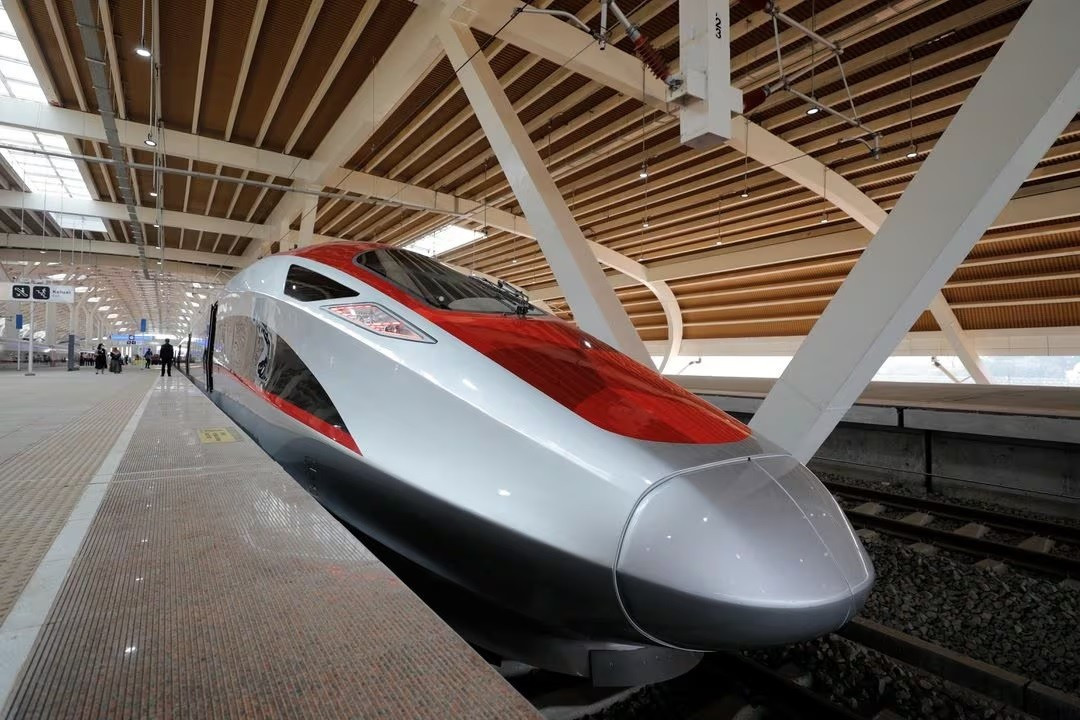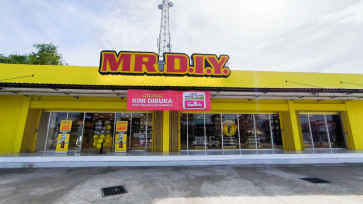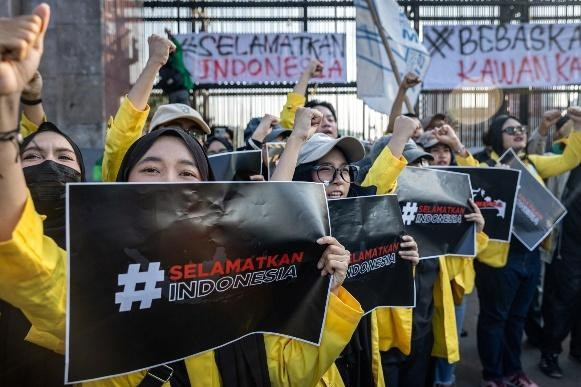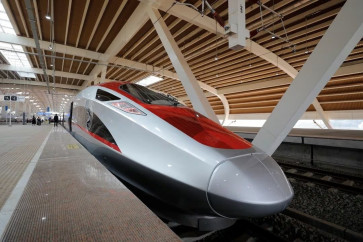Popular Reads
Top Results
Can't find what you're looking for?
View all search resultsPopular Reads
Top Results
Can't find what you're looking for?
View all search resultsAnalysis: Whoosh debt grows, Danantara steps in
Change text size
Gift Premium Articles
to Anyone
D
anantara is preparing to restructure the ballooning debt of the Jakarta–Bandung high-speed railway, better known as Whoosh, which has continued to suffer heavy operational losses. Financial problems plagued the project long before trains ever ran. During construction, costs overshot the original budget by US$1.2 billion, forcing project operator PT Kereta Cepat Indonesia China (KCIC) to borrow more from the China Development Bank (CDB). Danantara’s intervention has triggered sharp public criticism. Many see it as yet another bailout of an ill-conceived venture, echoing the state rescues of Garuda Indonesia. Critics warn that the move entrenches a cycle in which profitable state-owned enterprises (SOEs)—whose surpluses fund Danantara—are siphoned off to prop up failing projects.
The financial strain is undeniable. In just the first half of 2024, Whoosh posted operating losses of around Rp 3.5 trillion (US$214.1 million). KCIC itself admits that ridership has fallen short of expectations. The train runs about 62 trips daily, averaging 18,000 passengers on weekdays and 21,000 on weekends. Only during long holiday periods, when ridership jumps by 20–30 percent, does it occasionally approach its target of 24,000 daily passengers.
Skepticism about the project’s viability has been widespread since long before Whoosh began operating. The core issue is that the demand for high-speed travel between Jakarta and Bandung has never seemed sufficient to justify such a costly investment. The Jakarta–Bandung journey is relatively short, and for most passengers, conventional trains, intercity buses, or private cars provide a cheaper and practical alternative.
What has made the issue even more contentious is the final price tag. When initially announced, the railway was expected to cost roughly US$ 4.3 billion (around Rp 66.7 trillion). By the time of completion in 2023, however, costs had ballooned to approximately US$ 7.3 billion (Rp 113 trillion). This escalation raised questions not only about project management but also about whether such an expense could ever be justified for a line covering only Jakarta and Bandung.
Proponents of the project often argued that Whoosh was relatively inexpensive compared to high-speed railway developments in other countries. Some examples include China’s Beijing–Shanghai line, which cost more than US$ 32 billion, and India’s Mumbai–Ahmedabad corridor, with an estimated price tag of US$ 18 billion. Yet, these comparisons fail to acknowledge the scale differences. The Beijing–Shanghai line runs over 1,300 kilometers, while the Mumbai–Ahmedabad project covers about 508 kilometers. Whoosh, in contrast, stretches just 142 kilometers—barely a tenth of Beijing–Shanghai’s length and less than a third of Mumbai–Ahmedabad.
This distinction is not trivial. High-speed rail systems are designed to compete directly with air travel, offering time savings and convenience on routes between 300 and 800 kilometers. At these distances, trains often emerge as a superior option compared to flights. But the Jakarta–Bandung corridor has never been a strong air route. Instead, the train competes with conventional rail and the Jakarta–Cikampek elevated toll road, which already shortens car travel time between the two cities.
The problem becomes more evident when comparing fares. A Whoosh ticket costs around Rp 290,000 on weekdays and Rp 350,000 on weekends for economy class. In contrast, economy fares for conventional trains range from Rp 125,000 on weekdays to Rp 180,000 on weekends. Even executive-class seats on conventional trains, priced at around Rp 220,000 on weekends, remain cheaper than Whoosh’s weekday rates. For cost-conscious travelers, the value proposition of the high-speed line is difficult to justify.



















